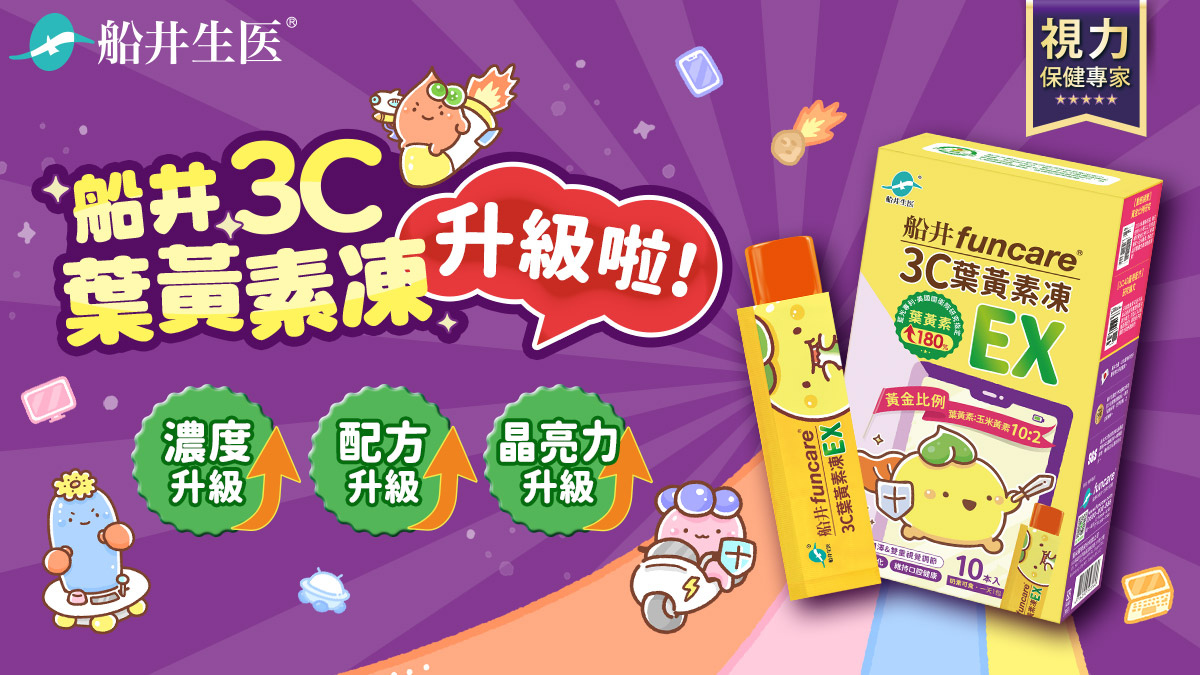Farmers, consumers benefit from chemical-free agriculture (2014/02/09)
Increased attention toward healthy eating and the environment is inspiring more farmers to embrace chemical-free agriculture. Tonight we look at how organic farming is benefitting consumers and the farmers who choose to practice it.
Twelve years ago, Hsia Shu-ling left Hualien and moved to Taoyuan where she started growing organic vegetables. Though she was familiar with farming, doing so without herbicides proved difficult.
Hsia Shu-ling
Taoyuan Farmer
When we started, we had a weed problem that we didn’t know how to solve. People came and said they couldn’t see our vegetables. They thought it would be impossible for us to survive.
Su Hsing-li
Organic Farmer
Conventional methods take care of weeds by spraying herbicides. Within one hour, probably a dozen (greenhouses) can be treated. Organic farming depends upon manual labor to pull weeds. At least 10 times as much time is needed to complete the work.
Su Hsing-li says he began pursuing organic farming methods 18 years ago, despite objections from his father.
Su Hsing-li
Organic Farmer
The farm workers agreed with me. I said that beginning today, we don’t spray any more chemical pesticides. Over the next two years we hid this from my father. Then one day I told him some good news. I said that we can eat the vegetables raw because we didn’t use any pesticides.
Organic vegetables are sweeter and crisper than those grown with the aid of chemical pesticides. However, to be organic, the whole growing process cannot use any chemical herbicides, pesticides or fertilizers. For Hsia, the switch to organic farming did not come without setbacks. Three or four batches of crops were completely devoured by insects, resulting in lost harvests.
Hsia Shu-ling
Taoyuan Farmer
I wanted to give up. But around this time, both my father and mother developed cancer. Doctors couldn’t find a cause, so they eventually reasoned that it could be due to their exposure to pesticides. We then decided to stick with organic farming.
Here we see a bulldozer used to make a natural compost of coffee grounds, fruit rinds, leaves and other kitchen waste. Later, it’s left to ferment, becoming this farmer’s signature blend of organic fertilizer. And the best pest repellent is this bucket of fermenting red chili peppers.
Even armed with this natural insect repellent, it’s inevitable that a few insects will be undeterred. Farmers know that it’s hard to sell vegetables that have been partially eaten by insects.
Su Hsing-li
Organic Farmer
Nowadays, consumers judge things by sight. They see it before they taste it, and if it visually doesn’t appeal to them, we can’t expect them to buy it. We definitely have to educate consumers about organic farming.
To promote organic vegetables and the health of the next generation, in 2011 the New Taipei City government began asking primary and secondary schools to offer organic vegetables at lunch once a week. Quality control is a vital part of the program.
Lab Technician
From each shipment, we take eight leaves. We use this tube to collect the samples.
Companies specializing in packaging organic vegetables send a sample for verification. If no pesticide residues are detected, the vegetables can be readied for the market.
Organic vegetables are sent from the farm to packaging facilities, where staff neatly arrange them on a conveyor belt. They are later trimmed and washed in room temperature water then ice water.
After washing, the vegetables go through another round of human screening. They are then packaged with a label and certified.
The next step is placing them in a 4 degree freezer as they await delivery the next morning to a central kitchen or kitchens operated by the schools. Some farms deliver directly to the schools.
Taiwan produces nearly 60 tons of organic vegetables per week. About half of this amount is consumed by schoolchildren in the 280 primary and secondary schools of New Taipei City that participate in the weekly organic meal program. The program also serves a promotional purpose.
Chang Rong-huei
Deng Kong Elementary School
More than 98 percent of our students eat school lunches. This means that parents support these meals, and of course schools have a responsibility and an obligation to provide good lunches for children to eat.
A clean water supply, no chemical residues in the soil, and extra labor are needed to produce non-toxic organic vegetables. The question is whether the market will support it. Organic vegetables are typically three times the price of normal vegetables, but this gap is gradually narrowing.
Hsia Shu-ling
Taoyuan Farmer
Prices in conventional farming are based on volume. I don’t worry about this because I will always be able to get a good price. After we get an order, we plant. To be truthful, it’s a little more relaxing because we have more control over output.
Between pre-orders and school lunches, the farmers can better manage their business while ensuring stable demand. By treating the land well, the farmers are confident it will give them the support they need.
營養午餐 有機情
近來有機飲食開始成為風潮,但是願意嘗試種植有機蔬菜的農民,還是有限,最主要的原因,就是栽種有機蔬菜,得靠人工來除蟲拔草,花費的時間多,而且有機蔬菜,通常賣相不如使用農藥的蔬菜好,民眾的消費習慣一時還難以改變。新北市兩年前就開始推動國中小學的營養午餐,每週一次,有一道菜是有機蔬菜希望讓有機農民藉此有穩定收入,也讓孩子從小接受有機的觀念。
十二年前,夏淑玲離開家鄉花蓮,來到桃園,最近開始改種有機蔬菜,儘管種菜已經是再熟悉不過的事,但要不用除草劑,讓夏淑玲吃盡苦頭。
[[桃園農民 夏淑玲]]
剛開始投入的時候,因為雜草的問題,我們不曉得怎麼去處理它,很多人來到這邊,看到都是一片草,完全沒有看到菜,很多人都說你們再繼續這樣下去,要怎麼生存?
[[有機農場主人 蘇興李]]
如果是一般慣行農法的耕作模式,他為了要鋤草,直接噴除草劑,在短短的一個小時之內,他大概十幾籠(溫室)作物區他就能夠完成。(有機蔬菜)靠人工,你就必須要去拔草,你需要耗費的時間,是好幾倍,甚至於十倍都還不止。
蘇興李十八年前堅持種有機蔬菜,當時習慣用農藥的父親並不認同。
[[有機農場主人 蘇興李]]
(農場工作人員)也都在配合我,我說我們從現在開始,不要再噴化學農藥,兩年的過程裡面,我們是用這樣子的方式隱瞞著爸爸,然後慢慢地,我再釋放一些非常正向的訊息給爸爸說,爸爸,我們現在種的菜是可以生吃的,它沒有農藥。
有機蔬菜吃起來甜又脆,但栽種過程不能用除草劑、不能灑農藥,化學肥料也不能用,夏淑玲剛開始種的三、四批菜,都被蟲給吃光光,根本無法收成。
[[桃園農民 夏淑玲]]
曾經一度想要放棄,剛好這個時候我自己的爸爸、媽媽都得了癌症,醫生做很多的交叉比對,後來找出來的原因,可能就是因為接觸到農藥的問題,因為這個原因,所以讓我們堅持下來。
怪手把地上的咖啡渣、果皮、樹葉和廚餘等等,不停攪拌,等待發酵之後,這就是蘇興李自己做的有機肥料。但是要防蟲害,就得靠這桶,塞滿辣椒的糖醋液。
只是,就算使用天然的驅蟲劑,難免還是有蟲要搶菜吃,結果坑坑疤疤的蔬菜賣相差,很難通過消費者這關。
[[有機農場主人 蘇興李]]
現在的消費者,在還沒有吃一個東西之前,他一定是用眼睛去看到這個產品,他都看不上眼 他怎麼會想要去吃?一定要對消費者做有機(蔬菜)的教育。
為了推廣有機蔬菜,讓下一代吃出健康,新北市政府在2011年,率先推出一週一次國中小學營養午餐,吃有機蔬菜。
[[截切廠工作人員]]
對每批貨源我們會裁八片葉子,現在開始,用這個管子裁八片葉子出來。
有機蔬菜專屬的截切廠,針對每批送來的蔬菜會再抽查篩檢,確認沒有農藥反應才會放行。
有機蔬菜從產地送到專屬的截切廠,廠內的工作人員先把菜整齊排列在輸送帶上,陸續截切之後,還要分別用常溫水和冰水清洗。
洗完澡的有機蔬菜,再經過人工篩檢,最後打包,貼上認證標籤。
送到四度恆溫的冷藏室,等待隔天凌晨送往中央廚房,至於有自立廚房的學校,就由農場直接配送。
目前全台灣每一週生產將近60公噸的有機蔬菜,在新北市280所中小學每週一天,學童營養午餐吃有機蔬菜,一週吃掉約34公噸,學校成了推廣有機農業的媒介。
[[鄧公國小 校長 張榮輝]]
我們學生是98%以上都在學校用餐,所以家長對學校午餐也非常支持,當然學校也有責任跟義務,提供好的午餐給孩子吃。
乾淨的水源、沒有化學殘留的土壤,才能種出無毒的有機蔬菜,加上耗費人工
平均來說,售價是一般蔬菜的三倍。不過近來,價格差距逐漸縮小。
[[桃園農民 夏淑玲]]
慣性農法大概都是以量制價,反正我不管是怎麼樣我只要種下去,我總會遇到好價的時候,我們現在是看訂單再種菜,說真的我們會比較輕鬆,比較能夠掌握我們的產量。
先看訂單量再決定種多少菜,企業管理的概念融入有機農業,而有機蔬菜送到國中小學,農民不必煩惱行銷通路,有機農民相信,只要友善對待土地,這塊地也會友善回應人們的需求
本文引用自 民視新聞網 http://news.xn--1qws34d.com/


 留言列表
留言列表



 {{ article.title }}
{{ article.title }}